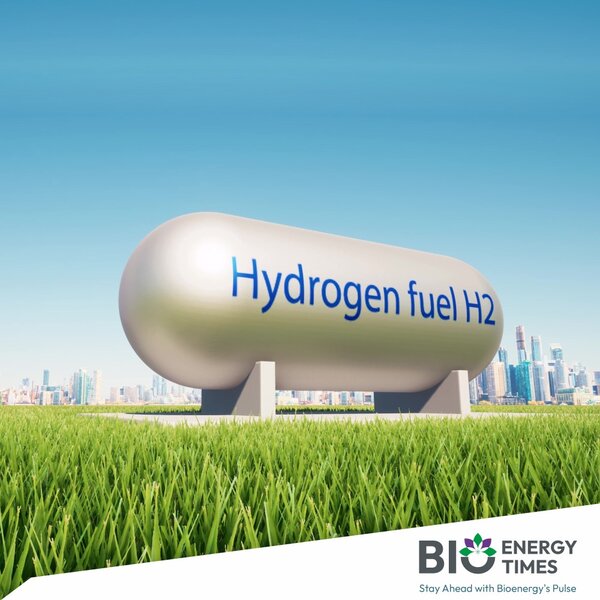In a significant move towards achieving India’s green energy objectives, Prime Minister Narendra Modi is set to lay the foundation stone for the country’s largest green hydrogen hub on November 29, 2024. This ambitious project, located in Visakhapatnam, aims to enhance India’s position as a leader in clean energy innovation and decarbonization.
Project Overview
The Visakhapatnam green hydrogen hub is designed to be a cutting-edge facility that will produce green hydrogen using renewable energy sources such as solar and wind power. The project is expected to revolutionize India’s industrial and transportation sectors by providing a sustainable alternative to fossil fuels. The plant’s production capacity is expected to rank among the largest in the world, underscoring India’s commitment to achieving its net-zero emissions goal by 2070.
Once operational, the facility will supply green hydrogen to key industries such as refineries, fertilizers, steel, and cement, contributing to significant reductions in their carbon footprints.
Key Highlights
- Strategic Location
Visakhapatnam has been chosen for its proximity to the coast, abundant renewable energy resources, and strong port infrastructure. These factors will facilitate efficient hydrogen transport and access to global markets. - Investment and Job Creation
The project is expected to attract an investment of over ₹30,000 crore, with a combination of public and private sector involvement. It will generate thousands of direct and indirect jobs, contributing to economic growth in the region. - Technological Advancement
The hub will utilize advanced electrolysis technology to produce hydrogen from water, powered entirely by renewable energy. It will also feature state-of-the-art storage and distribution systems to ensure a continuous supply of green hydrogen. - Environmental Impact
This project is projected to significantly reduce greenhouse gas emissions, contributing millions of tons of CO2 savings annually. It aligns with India’s updated Nationally Determined Contributions (NDCs) under the Paris Agreement.
A Boost to India’s Hydrogen Mission
The Visakhapatnam hub forms a critical part of India’s national green hydrogen mission, launched by the government in 2023 with an initial investment of ₹19,700 crore. The mission aims to produce 5 million tons of green hydrogen annually by 2030, promoting energy self-reliance and reducing dependency on imports. This initiative also opens up new opportunities for exports, as India aspires to become a global leader in green hydrogen and its derivatives, such as ammonia and methanol.
Regional and Global Significance
The development of this hub positions Andhra Pradesh as a frontrunner in green energy within India and reinforces the country’s commitment to addressing global climate challenges, particularly those outlined at COP26 and COP28.
The foundation stone-laying ceremony on November 29 will mark the beginning of a transformative phase for India’s energy sector. Through large-scale renewable energy initiatives like the Visakhapatnam green hydrogen hub, India is taking bold strides towards a sustainable future.
This monumental project symbolizes India’s unwavering determination to lead the global clean energy revolution.
To read more about Green Hydrogen Industry News continue reading Bioenergytimes.com














